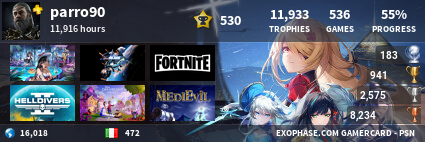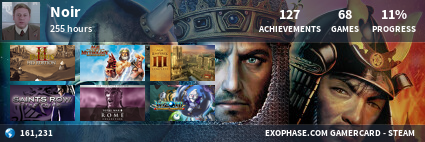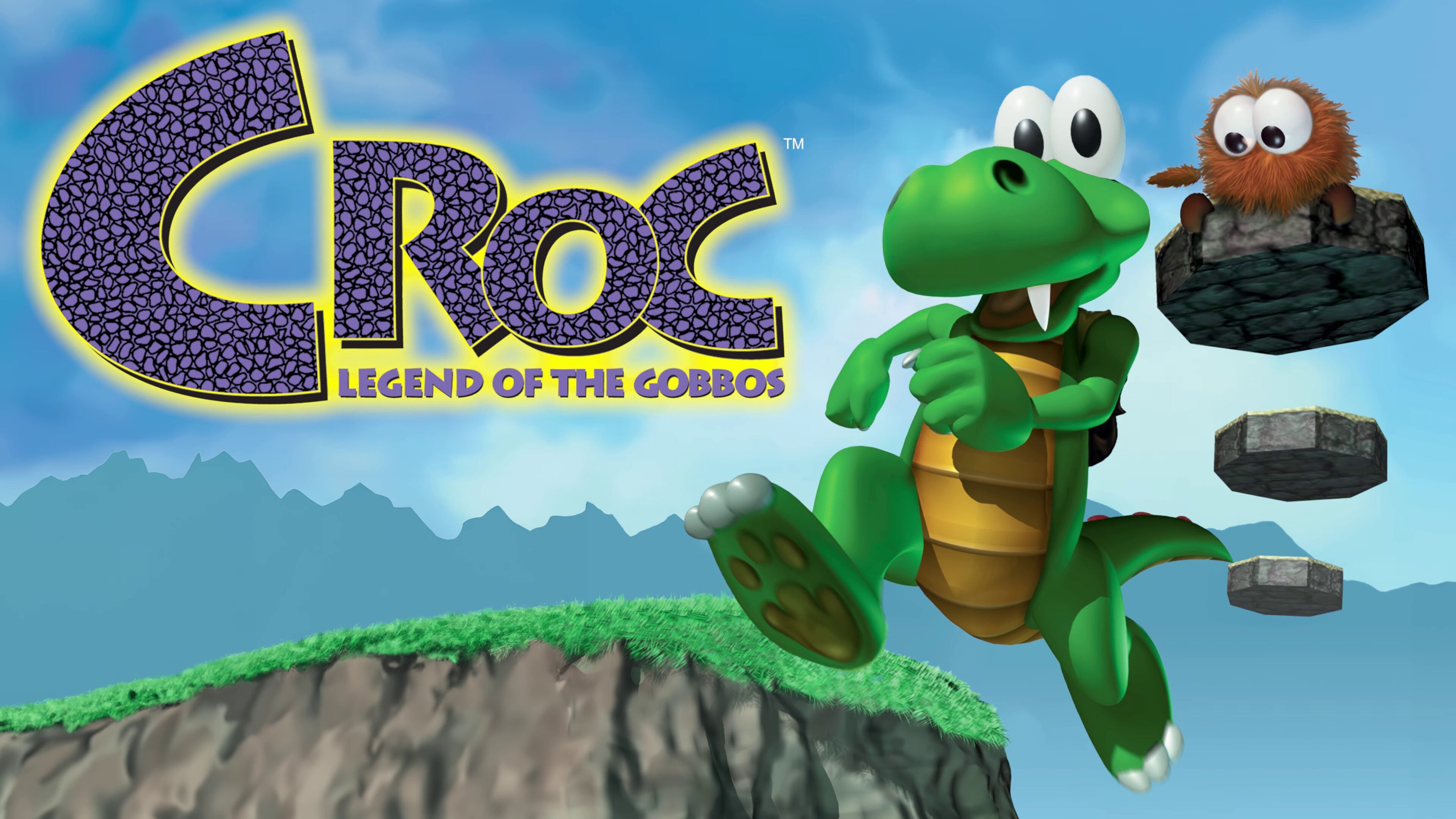Star Fox was a critical and commercial success, marking the start of a profitable relationship between Argonaut and Nintendo which would result in several other Super FX-powered titles, including an unreleased SNES sequel. However, while the deal exponentially increased Argonaut's standing within the development community, for San this period holds bittersweet memories. "The three game deal that we had with Nintendo effectively guaranteed us a decent amount of work for several years," he explains. "We grew during that time, but there was also an exclusivity clause which meant that Nintendo pretty much had control of us. We had the benefit of being the only outside company that was working with them for a while, and we were paid our costs, plus a royalty. Nintendo kept telling us to stay small and keep working exclusively for them, but they weren't paying us the serious cash that they were paying other partners. Our agreement with Nintendo was mostly a royalty deal that relied on sales. When we wanted to branch out and do other games, they wouldn't let us until the end of our contract.
"The end came when we pitched to do a 3D platform game, the likes of which had never been done before. We mocked up a prototype using Yoshi. It was essentially the world's first 3D platform game and was obviously a big risk - Nintendo had never let an outside company use their characters before, and weren't about to, either. This is the moment the deal fell apart. We later made that game into Croc: Legend of the Gobbos for the PlayStation, Saturn and PC, which became our biggest ever game in terms of sales and also in royalties, since we owned the IP."
"I'm not bitter, but I do feel that Argonaut was used and then spat out by Nintendo. I also feel they undervalued us; we could have done so much more"
Jez San
Dylan Cuthbert's Q-Games was involved with the development of Star Fox 3D on the 3DS, further cementing his connection with the series
The similarity between Croc and Super Mario 64 isn't lost on San, who feels that the early prototype had some influence on the seminal N64 title. "Miyamoto-san went on to make Mario 64, which had the look and feel of our Yoshi game - but with the Mario character, of course - and beat Croc to market by around a year," San says. "Miyamoto-san came up to me at a show afterwards and apologised for not doing the Yoshi game with us and thanked us for the idea to do a 3D platform game. He also said that we would make enough royalties from our existing deal to make up for it. That felt hollow to me, as I'm of the opinion that Nintendo ended our agreement without fully realising it. They canned Star Fox 2 even though it was finished and used much of our code in Star Fox 64 without paying us a penny.
"They also poached some of our best programmers - Dylan, Giles and Krister - which was inevitable since they had lived in Japan for so long that they weren't going to come home anytime soon. We had taught them 3D games and left them a permanent legacy of being able to make such games. I'm not bitter, but I do feel that Argonaut was used and then spat out by Nintendo. I also feel they undervalued us; we could have done so much more. We had built a Virtual Reality gaming system for them called Super Visor that would've been awesome, but instead they canned our project - which was full colour, had head tracking and 3D texture mapping - and released the ill-fated Virtual Boy in its place."
Despite the somewhat downbeat end to the relationship, San remains justifiably proud of what he and his small team at Argonaut achieved with Nintendo two decades ago. "My proudest moment was showing that we could do what we promised," he says. "To build excellent 3D games for Nintendo and also produce the first 3D graphics chip - and make it cheap enough to be included in a cartridge. I'm also happy that we were able to illustrate to Nintendo that we were as clever and innovative as they thought we were."
When you take away the remarkable working relationship between Argonaut and Nintendo, the cutting-edge tech and the somewhat sour conclusion to the tale, what you're left with is a piece of software which radically altered Nintendo's outlook on 3D gaming and gave many players their first dose of the third dimension. “Star Fox was one of the earliest mainstream 3D games and to many people maybe the first time they'd been exposed to 3D graphics,” says Wombell. “By today's standards we didn't have a great deal of polygons to work with and it took a leap of imagination to associate those polygons with real world objects. I wasn't sure how that was going to go across - I loved it, but it was great to see the reception we got from gamers.”


















